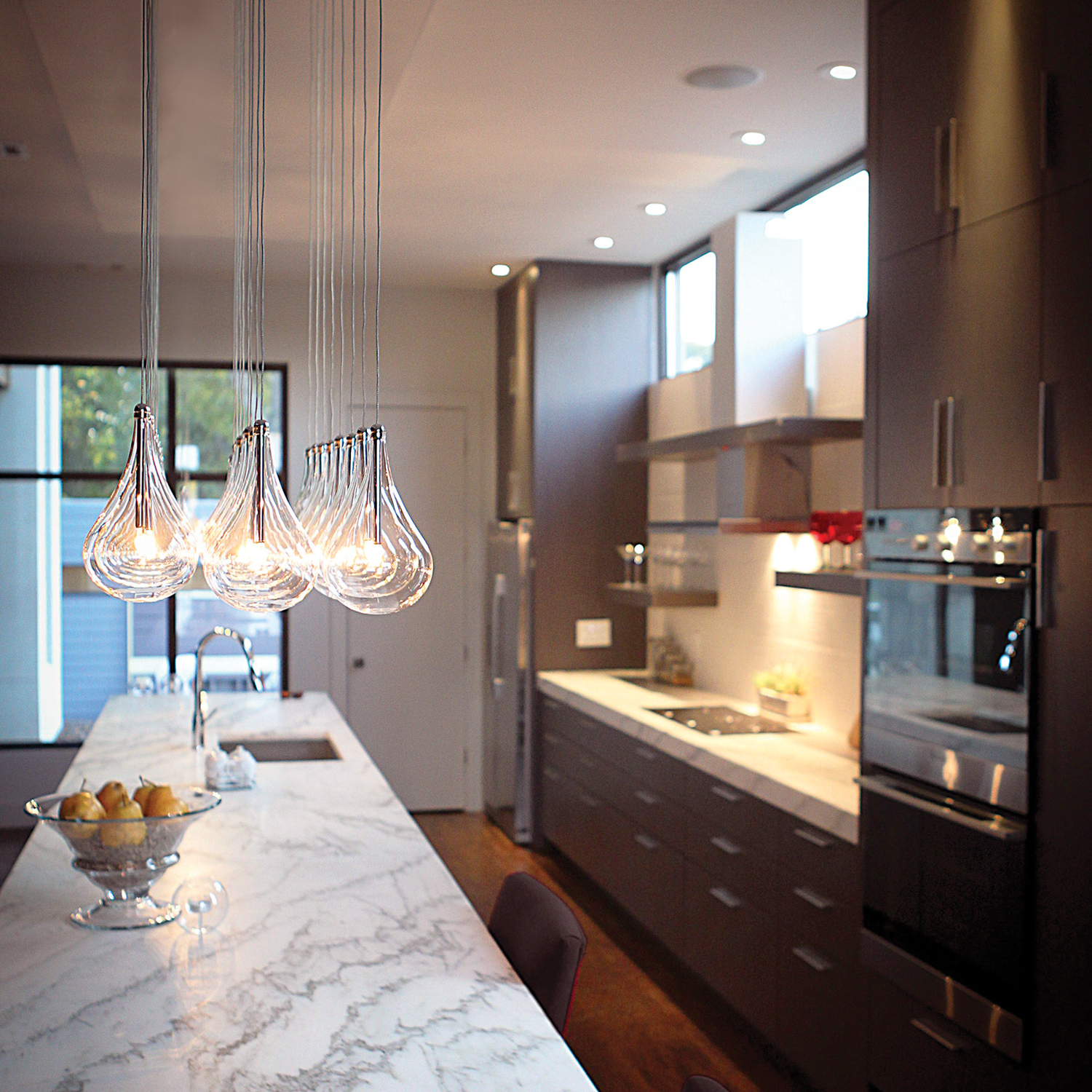
In both homes and commercial spaces, the art of light layering can transform a room. By utilizing different types of lighting—ambient, task, and accent—you can create a space that is both visually appealing and functional.
Read more: The Best Way to Brighten Your Bedroom Without Spending a Fortune!
Ambient Lighting: Setting the Stage
Ambient lighting is the foundation of any well-lit space. It provides general illumination and sets the overall mood. To achieve this, combine natural sunlight with soft ceiling, floor, and wall lighting.
A good rule of thumb is to aim for 20 lumens per square foot for adequate ambient lighting. For example, a 250-square-foot living room would require about 5,000 lumens. Recessed lighting is also a popular choice for ambient illumination, with one light recommended for every 4 square feet of ceiling.
Here are some common tools for creating perfect ambient light:
- Daylight: Utilize natural lighting from windows, skylights, and atriums during the day.
- Flushmount: Ideal for spaces with low ceilings, these lights hug the ceiling.
- Chandelier: Add elegance with a branched frame equipped with multiple lamps.
- Pendant: Hang single-shade fixtures from the ceiling, often used in multiples for more light.
- Wall Sconce: Provide subtle ambient light by affixing these fixtures to walls.
- Torchiere: Illuminate a large space by reflecting light off the ceiling.
- Cove Lighting: Use slim architectural lighting fixtures to direct light up towards the ceiling.
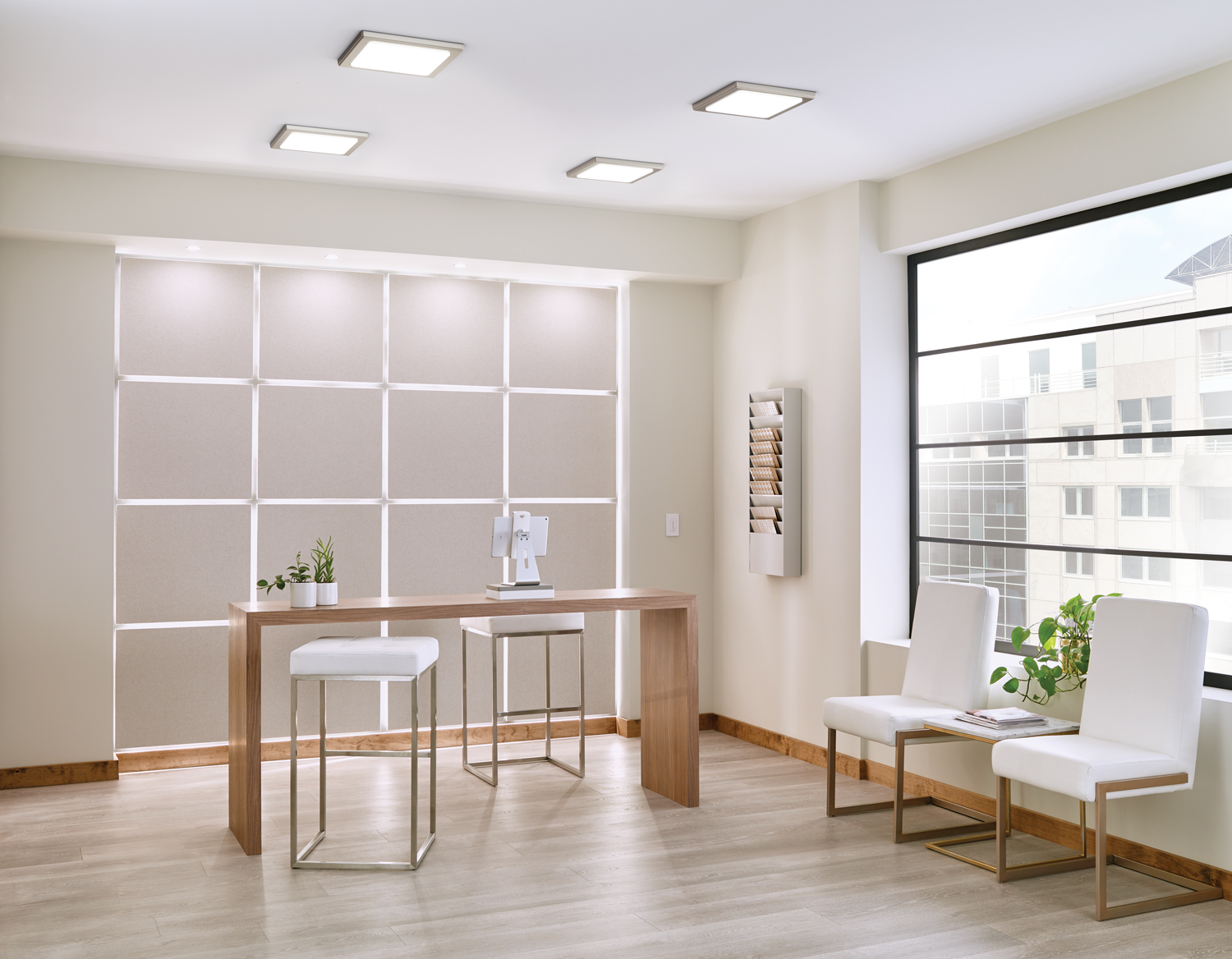
Task Lighting: Focused Illumination
Task lighting allows you to see and work efficiently in specific areas. Its brightness should be higher than ambient lighting, providing the right level of focused light for tasks. To calculate the minimum lumen level, multiply the square footage of the task area by 50.
Read more: Tips and Ideas for Using Crown Molding to Decorate Your Home
Consider these factors when choosing task lighting:
- Brightness: Task lighting requires more lumens to focus light on your workspace.
- Adjustability: Look for fixtures with dimming capabilities and adjustable features.
- Kelvins: Choose the right color temperature for projects and reading tasks.
Task lighting options include pendants, desk/table/floor lamps, and undercabinet lighting. These lights provide localized illumination and work alongside ambient lighting.
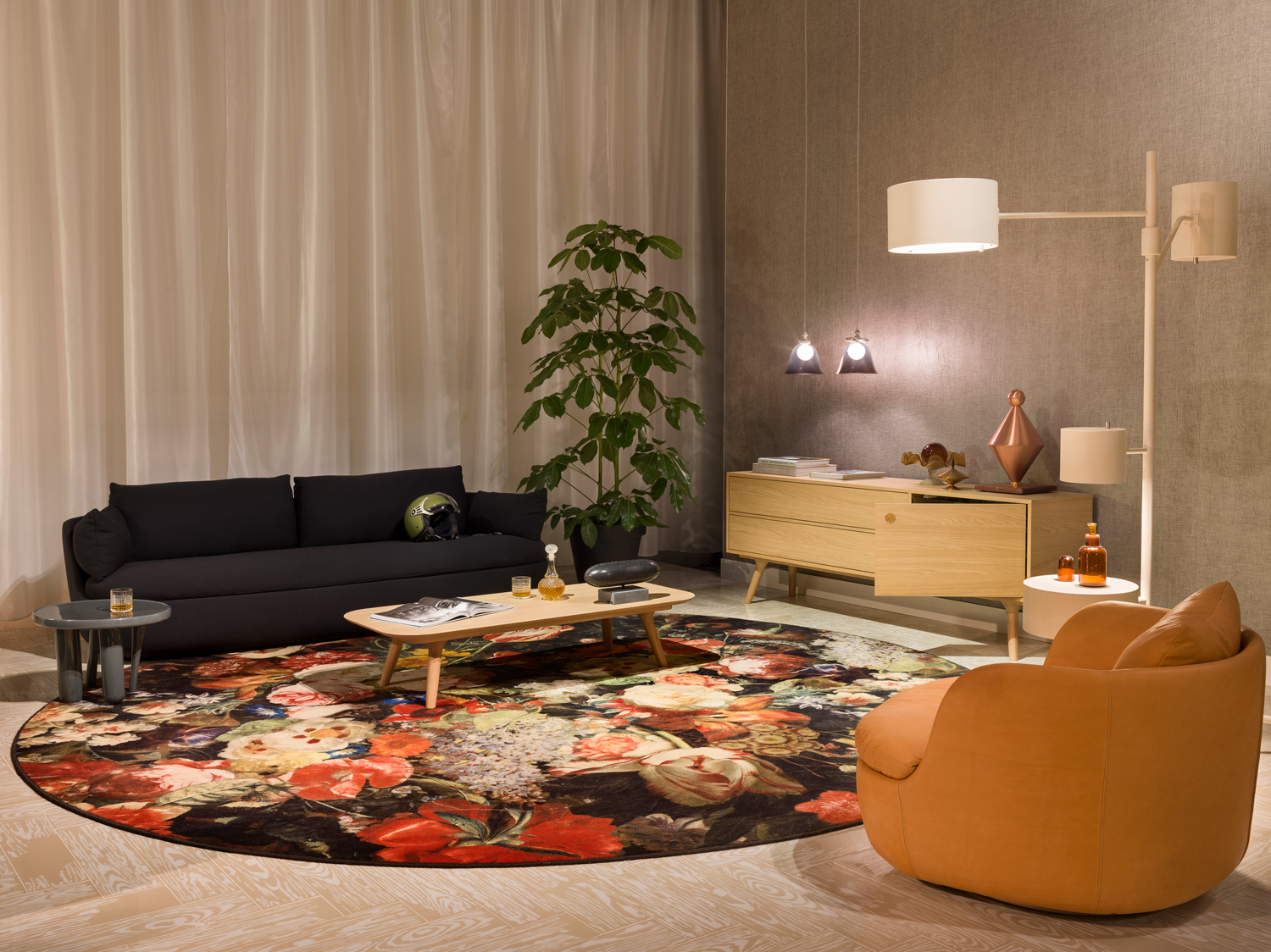
Accent Lighting: Highlighting the Details
Accent lighting adds depth and dimension to your space by highlighting architectural details, artwork, and decor. It should be three times brighter than ambient lighting to make a significant impact.
Read more: Review about 12v Led Strip Lights: BSOD Led Light
Common accent lights include:
- Wall Sconces: Create focal points on the wall or produce captivating silhouettes.
- Picture Lights: Direct attention to artwork with focused lighting.
- Recessed Lights: Adjust and focus on specific objects or wash nearby walls.
- Track or Monorail: Provide accent lighting in multiple directions with adjustable heads.
It's important to note that accent and task lighting fixtures can also produce adequate ambient light depending on their brightness and beam spread.
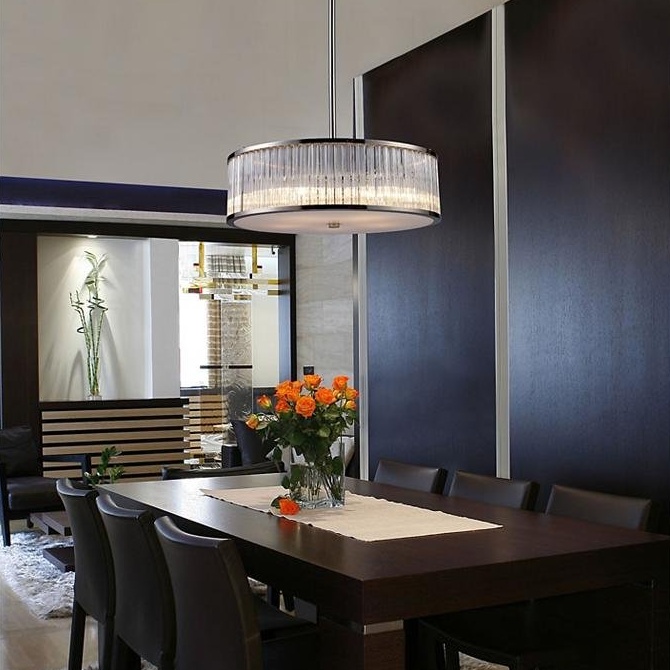
Bringing It All Together
To achieve perfect light layering, consider two additional elements: light bulbs and lighting controls. The type of light bulbs you choose can significantly impact the ambiance. Select bulbs with cool or warm color temperatures based on your preferences.
Having control over your lighting settings is essential. Invest in light controls that offer options for turning fixtures on and off, as well as dimming capabilities. With the right controls, you can easily adjust the mood in the room and create personalized lighting "moods" at the touch of a button.
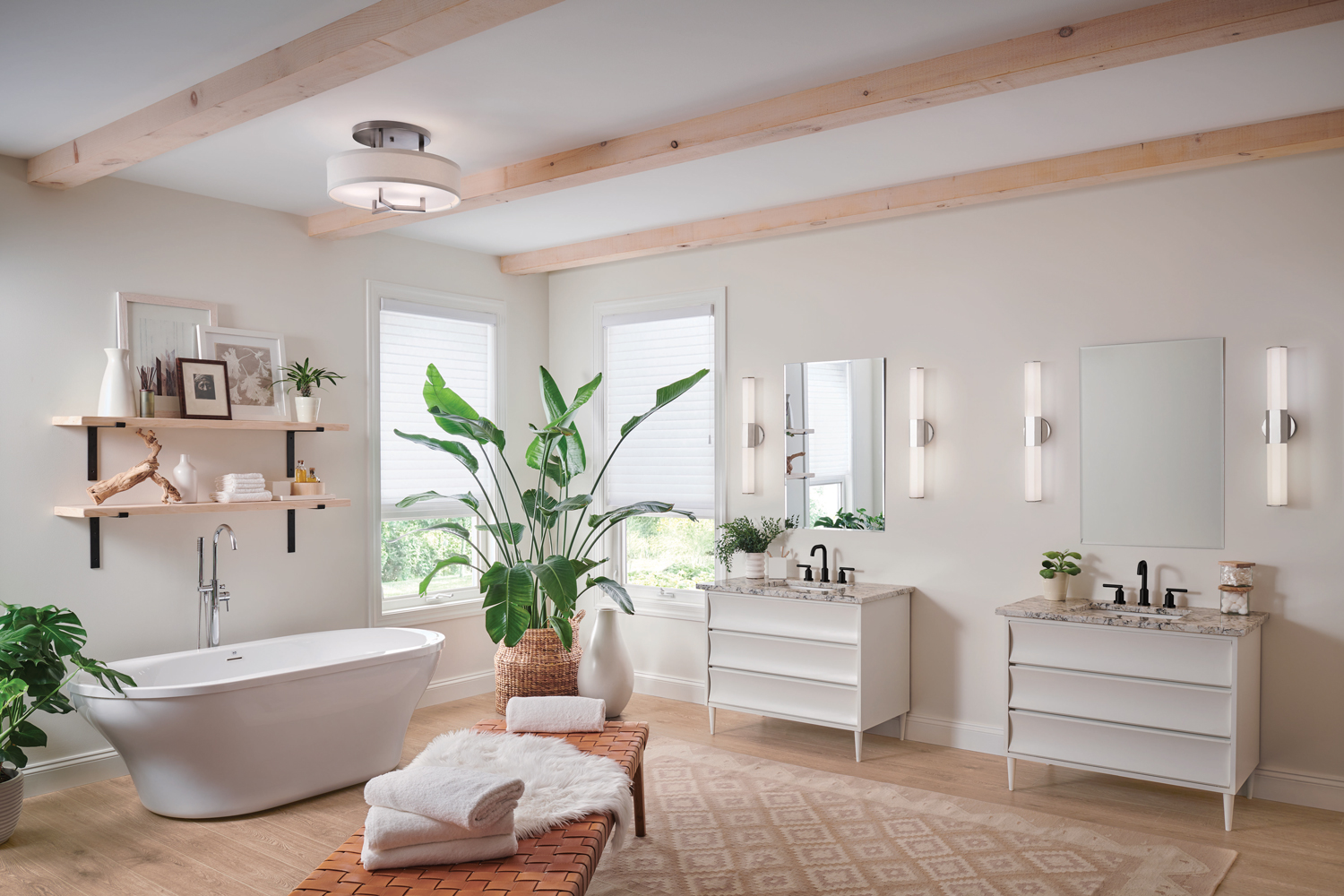
Frequently Asked Questions
Q: How do I calculate the amount of ambient lighting I need in a room?
A: As a general rule, aim for 20 lumens per square foot. Multiply the square footage of the room by 20 to find the total lumen requirement.
Q: Can task lighting also serve as ambient lighting?
A: Yes, depending on their brightness and beam spread, some task lighting fixtures can provide adequate ambient light as well.
Q: How can I control the lighting in my space?
A: Invest in lighting controls that offer options for turning fixtures on and off, as well as dimming capabilities. Many systems allow you to preset different lighting "moods" for added convenience.
In conclusion, light layering is a fundamental aspect of creating the perfect lighting in any space. By carefully considering ambient, task, and accent lighting, along with the right light bulbs and controls, you can transform your room into a visually appealing and functional oasis.





